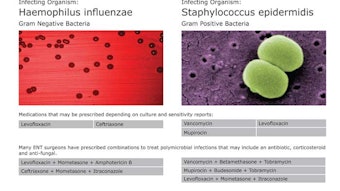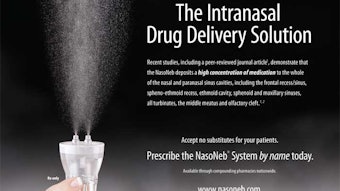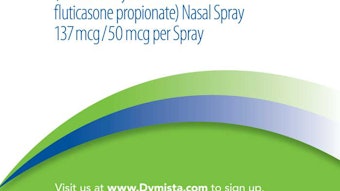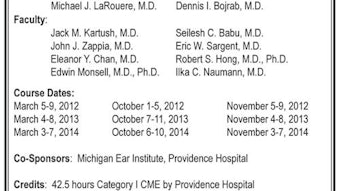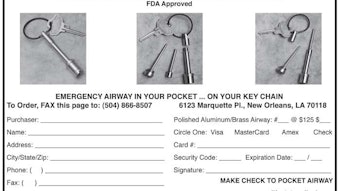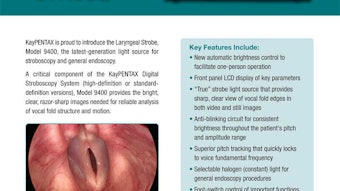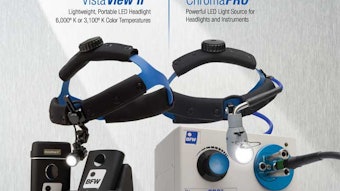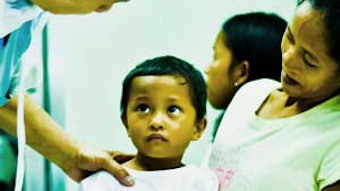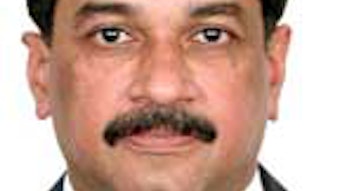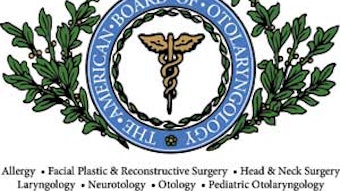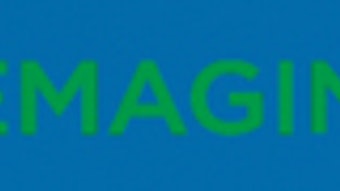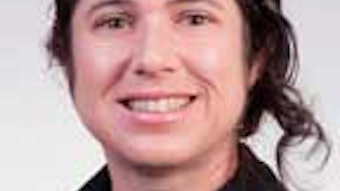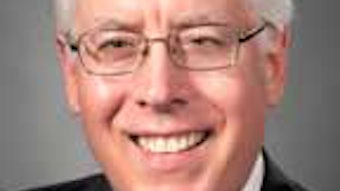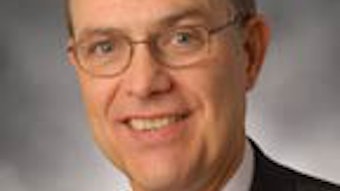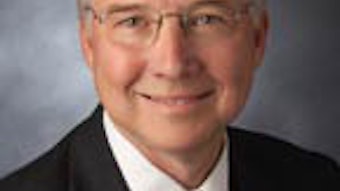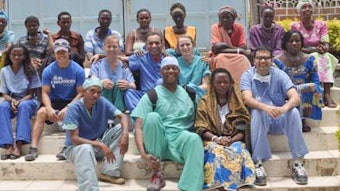ENT Carrier Advisory Committee Representatives: Who Are They and Why Should You Become One?
Joe Cody, MA AAO-HNS Health Policy Analyst Eighty-five percent of Medicare coverage determinations are local, making physician expertise and input vital to the correct development and implementation of these policies. But many members may wonder, how can otolaryngologist-head and neck surgeons actively help shape these local coverage determinations (LCDs)? Medicare Carrier Advisory Committees (CACs) are groups of physicians representing different medical and surgery specialties that advise and assist Carrier Medical Directors in the development of these important local coverage determinations for medical services. According to the Medicare Program Integrity Manual, 13.8.1.1, CACs serve the purpose of providing a formal mechanism for physicians to participate in the development of an LCD, discuss and improve policies developed by a carrier, and offer a forum for physicians and carriers to exchange information. Because of the important nature of CAC representatives, several years ago the Academy decided to create a formal program to identify members who participate in CACs in order to address any coverage issues in the different Medicare jurisdictions. This program has allowed Academy members and representatives to communicate quickly and resolve issues or concerns with LCDs that directly affect otolaryngologist-head and neck surgeons. For example, Denis C. Lafreniere, MD, of Farmington, CT, and chair-elect of the Board of Governors, had an issue with Medicare reimbursement for laryngeal botulinum toxin injections. He reached out to Ray Winicki, MD, his ENT CAC representative. After working with the local Medicare contractor, they agreed to revise language to resolve the issue, which involved having to use a new vial of botulinum toxin for each patient rather than allowing use of a multi-dose vial. The Academy frequently contacts CAC representatives to assist in issues with carrier LCDs because of their unique relationship with the Medical Directors and their local expertise. At the 2012 annual meeting, the Academy is hosting a CAC miniseminar designed to help members understand CACs, learn how to effectively use CAC representatives as a resource to help with local payment issues, and to discuss the effect of future Medicare regulations on reimbursements. Attendees of this miniseminar can speak with key Medicare carrier and CAC representatives and discuss issues that directly affected their practices. Members of the Physician Payment Policy Workgroup (3P) and Academy staff also plan to discuss the importance of active involvement from members in all states and Medicare jurisdictions. For those interested in serving as an ENT CAC representative, the Academy accepts nominations and facilitates the application of members for CAC positions with their specific carrier. Currently, the Academy is still seeking ENT CAC representatives for Colorado, Montana, Nevada, New Hampshire, and Utah. As with medical directors for private payers, it is important to nurture good relationships with carrier medical directors and decision makers, and to get involved in the committee structures and be well prepared to present a cogent argument supported by clinical data. CACs allow physicians to represent the Academy at a local level and directly influence local policy development. If you practice in any of the above states and are interested in becoming a CAC representative, email a letter of interest and your C.V. to healthpolicy@entnet.org and we will assist your nomination to serve as an ENT CAC representative for your Medicare carrier.
Joe Cody, MA
AAO-HNS Health Policy Analyst
Eighty-five percent of Medicare coverage determinations are local, making physician expertise and input vital to the correct development and implementation of these policies. But many members may wonder, how can otolaryngologist-head and neck surgeons actively help shape these local coverage determinations (LCDs)? Medicare Carrier Advisory Committees (CACs) are groups of physicians representing different medical and surgery specialties that advise and assist Carrier Medical Directors in the development of these important local coverage determinations for medical services. According to the Medicare Program Integrity Manual, 13.8.1.1, CACs serve the purpose of providing a formal mechanism for physicians to participate in the development of an LCD, discuss and improve policies developed by a carrier, and offer a forum for physicians and carriers to exchange information.
Because of the important nature of CAC representatives, several years ago the Academy decided to create a formal program to identify members who participate in CACs in order to address any coverage issues in the different Medicare jurisdictions. This program has allowed Academy members and representatives to communicate quickly and resolve issues or concerns with LCDs that directly affect otolaryngologist-head and neck surgeons. For example, Denis C. Lafreniere, MD, of Farmington, CT, and chair-elect of the Board of Governors, had an issue with Medicare reimbursement for laryngeal botulinum toxin injections. He reached out to Ray Winicki, MD, his ENT CAC representative. After working with the local Medicare contractor, they agreed to revise language to resolve the issue, which involved having to use a new vial of botulinum toxin for each patient rather than allowing use of a multi-dose vial. The Academy frequently contacts CAC representatives to assist in issues with carrier LCDs because of their unique relationship with the Medical Directors and their local expertise.
At the 2012 annual meeting, the Academy is hosting a CAC miniseminar designed to help members understand CACs, learn how to effectively use CAC representatives as a resource to help with local payment issues, and to discuss the effect of future Medicare regulations on reimbursements. Attendees of this miniseminar can speak with key Medicare carrier and CAC representatives and discuss issues that directly affected their practices. Members of the Physician Payment Policy Workgroup (3P) and Academy staff also plan to discuss the importance of active involvement from members in all states and Medicare jurisdictions.
For those interested in serving as an ENT CAC representative, the Academy accepts nominations and facilitates the application of members for CAC positions with their specific carrier. Currently, the Academy is still seeking ENT CAC representatives for Colorado, Montana, Nevada, New Hampshire, and Utah. As with medical directors for private payers, it is important to nurture good relationships with carrier medical directors and decision makers, and to get involved in the committee structures and be well prepared to present a cogent argument supported by clinical data. CACs allow physicians to represent the Academy at a local level and directly influence local policy development. If you practice in any of the above states and are interested in becoming a CAC representative, email a letter of interest and your C.V. to healthpolicy@entnet.org and we will assist your nomination to serve as an ENT CAC representative for your Medicare carrier.
